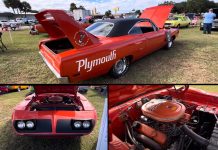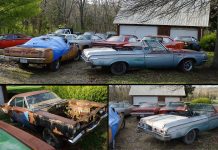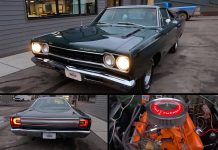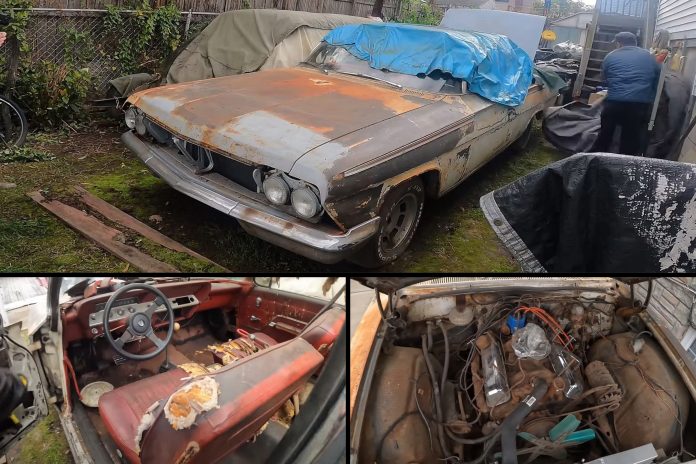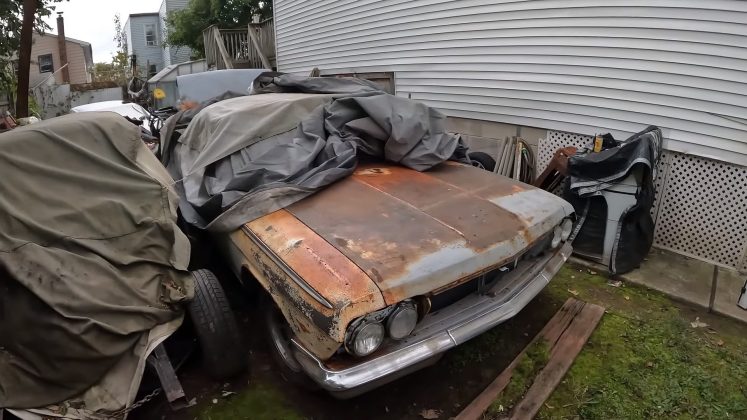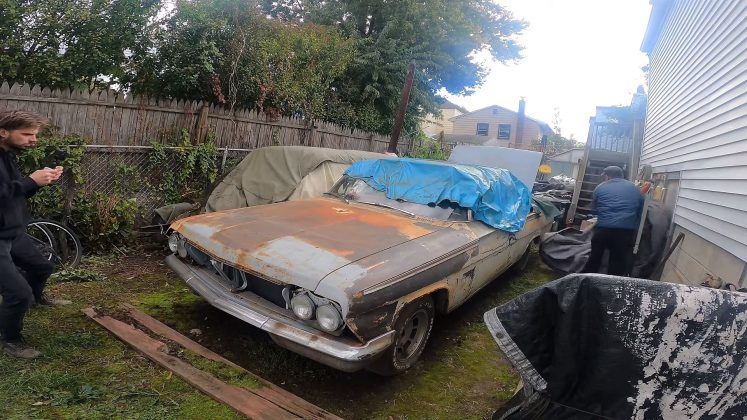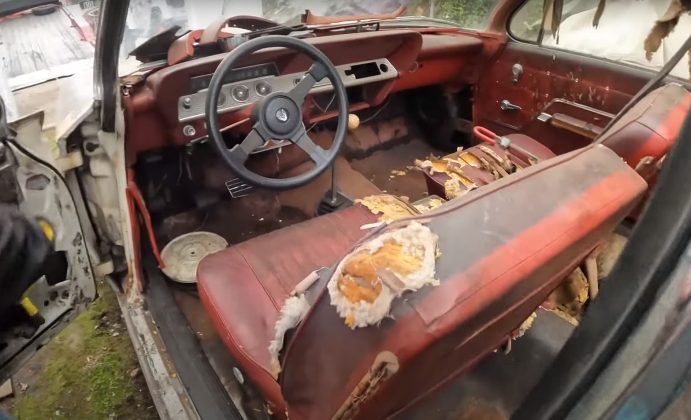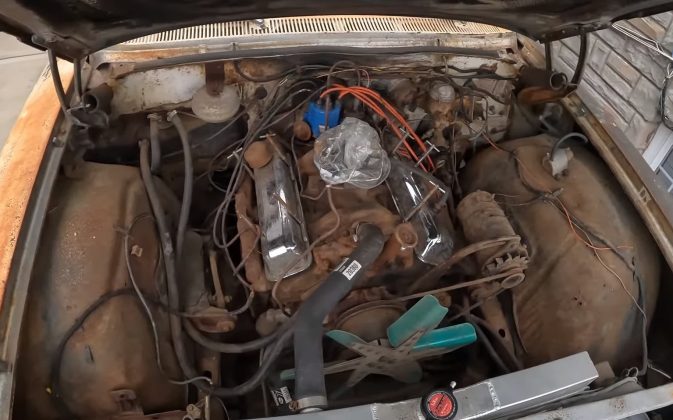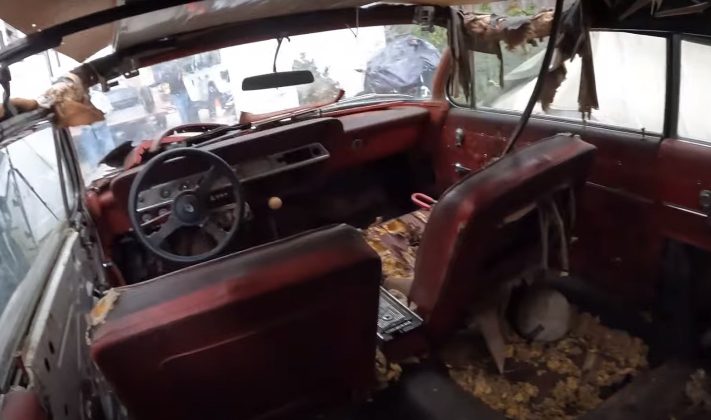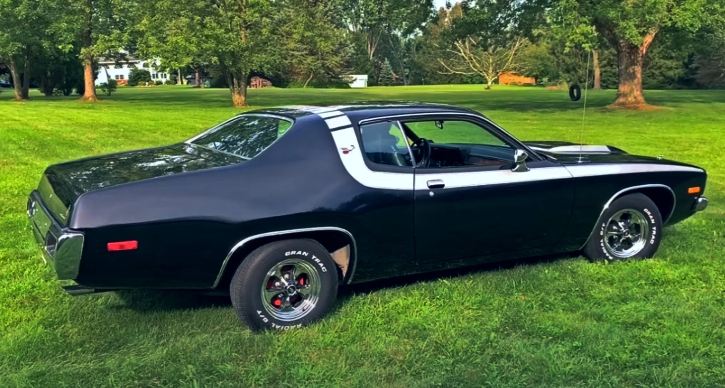Introduced in 1958, the Chevrolet Impala had a remarkable production run. It continued without interruption until 1985 and made comebacks in 1994-1996 and 1999-2020, spanning over 50 years and ten different generations. The Impala’s enduring presence has solidified its status as an iconic automobile.
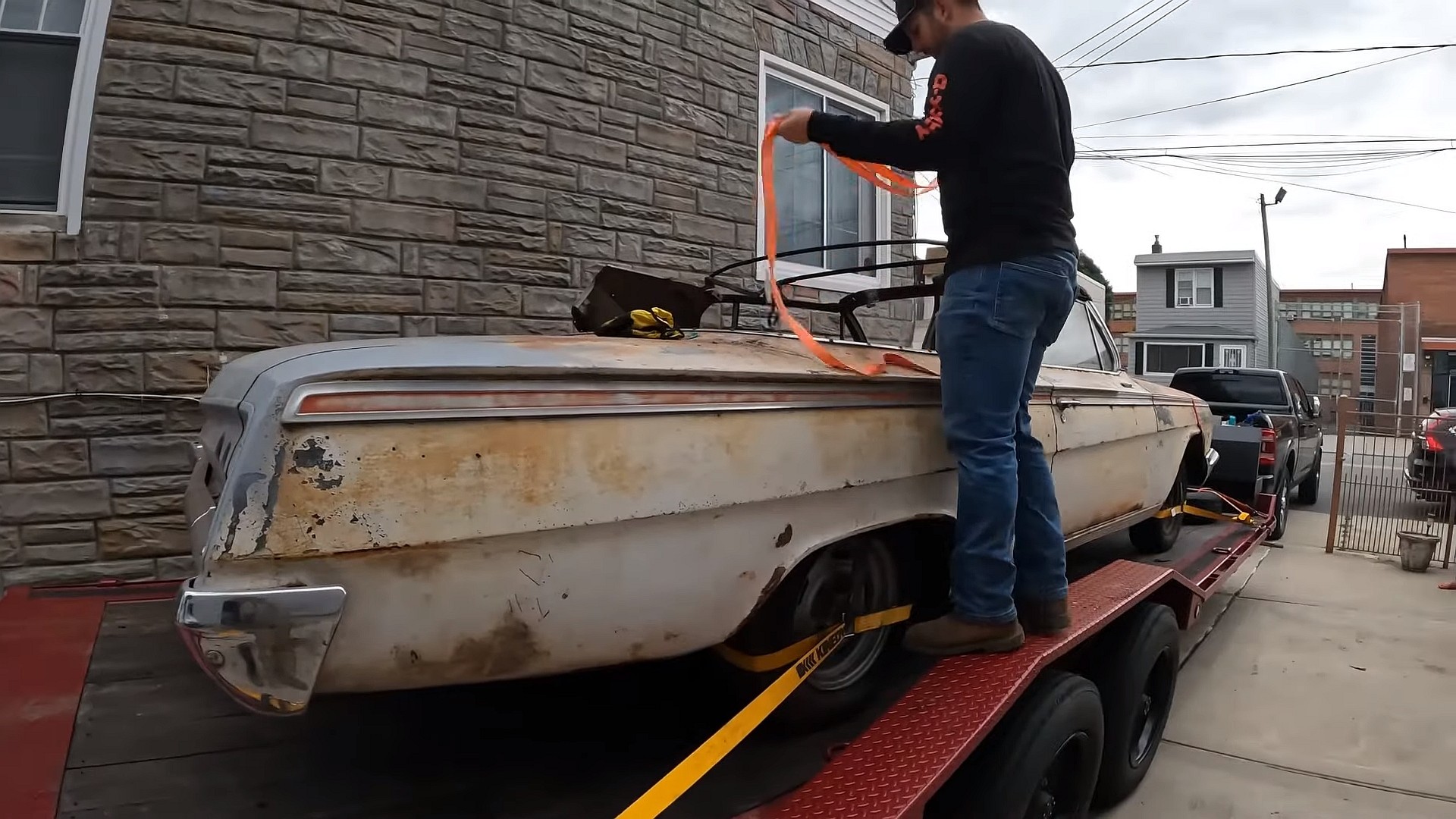
The Chevrolet Impala’s nameplate is synonymous with classic car enthusiasts. Models from the late 1950s and early 1960s, as well as those from the late 1960s and early 1970s, are highly sought after. The second-generation big-finned cars (1959-1960) have their charm, while the “bubble top” Impalas from 1961 and 1962 also have their appeal.
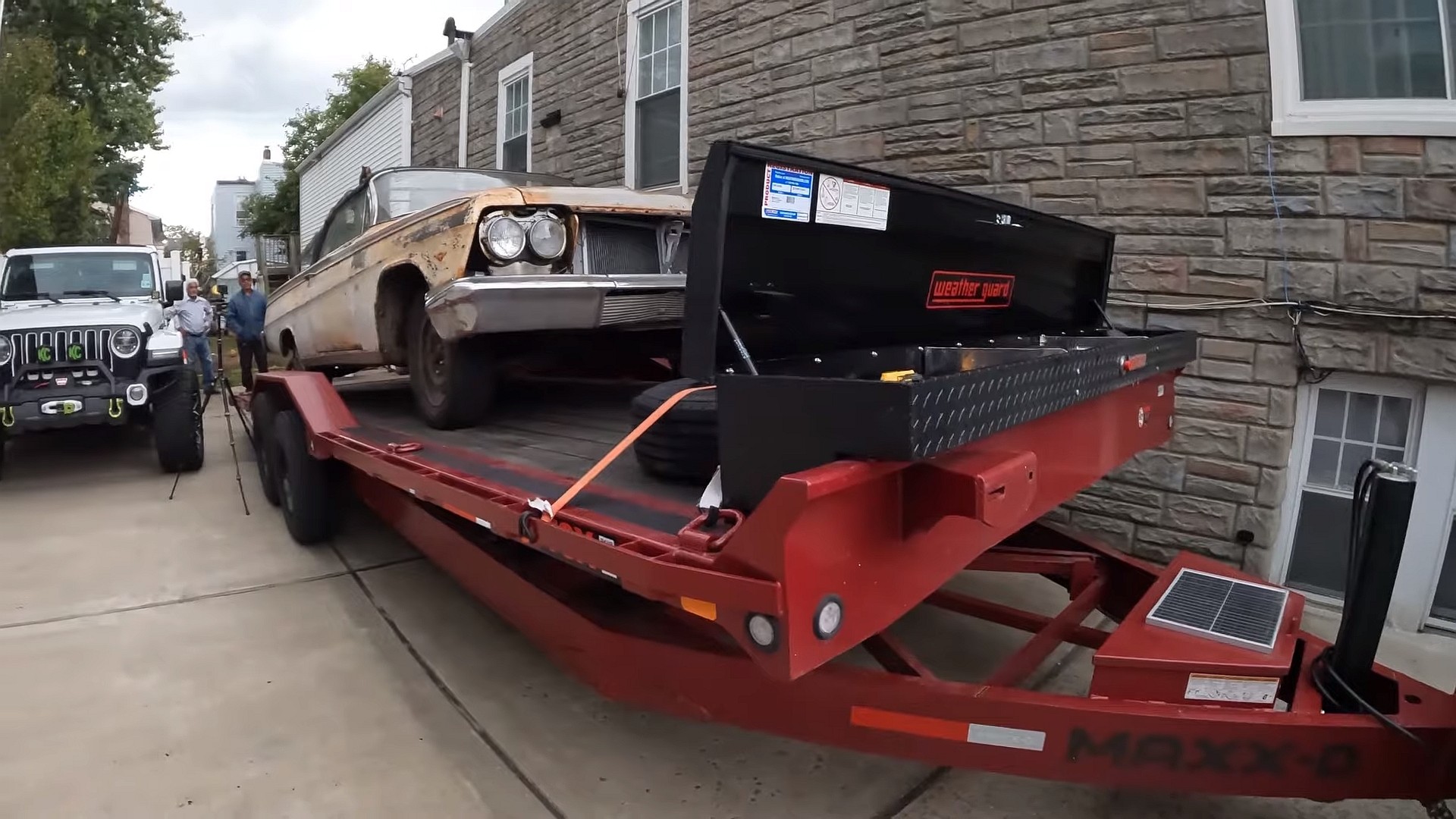
Convertible Impalas hold a special place in the hearts of car enthusiasts. Although less practical and more maintenance-intensive than hardtops, early Impalas with convertible roofs exude undeniable allure. These drop-top models are rarer than other body styles, making them all the more captivating.
A 1962 Impala convertible, recently discovered by “Iron City Garage” on YouTube, had spent years in neglect, hidden away in a New Jersey backyard. While the exact duration of its slumber remains uncertain, it’s evident that the car endured decades of inactivity. Astonishingly, it had remained with the same owner for 40 years, hinting at an unfinished restoration project.
This Impala came with a collection of parts, some removed from the car years ago, while others were acquired as replacements. These parts encompassed trim pieces, lights, interior components, and even a fender, suggesting a stalled restoration attempt by the owner.
Is this Impala worth a complete restoration? It may not be one of the ultra-rare 1962 versions commanding high prices in Concours condition, but it is a solid project. It remains in a restorable condition, not destined to be dismantled for parts, nor a quick flip for profit. It demands the attention of a devoted Impala convertible enthusiast.
While it isn’t one of the highly desirable SS models, this Impala has its unique attributes. It boasts a V8 engine and a coveted red interior. Moreover, it originally had a front bench seat, which was swapped for a pair of buckets from a 1963 Impala – an interesting upgrade and a promising start towards transforming this drop-top into an SS clone.
Just how rare is this Impala? In 1962, Chevrolet produced 75,719 convertibles, so it’s not exceedingly scarce. However, when compared to the total Impala production of 704,900 that year, convertible models represented less than 11%.
With any luck, this Impala will soon find a new home and return to the open road, putting an end to its more than 20-year hibernation.
**FAQs:**
**Q1: How long was the Chevrolet Impala in production?**
A1: The Chevrolet Impala was in continuous production from 1958 to 1985 and had two subsequent production periods from 1994-1996 and 1999-2020.
**Q2: Why are the late 1950s and early 1960s Impala versions highly sought after?**
A2: These models are considered classics and are particularly desirable due to their design and historical significance.
**Q3: What makes convertible Impalas special?**
A3: Convertible Impalas are appreciated for their aesthetic appeal, although they are less practical and require more maintenance. Their rarity adds to their allure.
**Q4: Why was the 1962 Impala found in a New Jersey backyard considered a restoration project?**
A4: The car had been left neglected for an extended period and came with a collection of parts, indicating an incomplete restoration effort by the owner.
**Q5: What features distinguish the 1962 Impala in question?**
A5: While it’s not an SS model, it has a V8 engine and a red interior. The original front bench seat was replaced with buckets from a 1963 Impala, making it a unique project.
**Q6: How rare is the 1962 Impala in terms of production numbers?**
A6: Chevrolet produced 75,719 convertibles in 1962, representing less than 11% of the total Impala production that year.
**Q7: What is the hope for this Impala’s future?**
A7: The hope is that it will soon find a new owner and be restored, returning to the public roads after more than two decades of inactivity.




